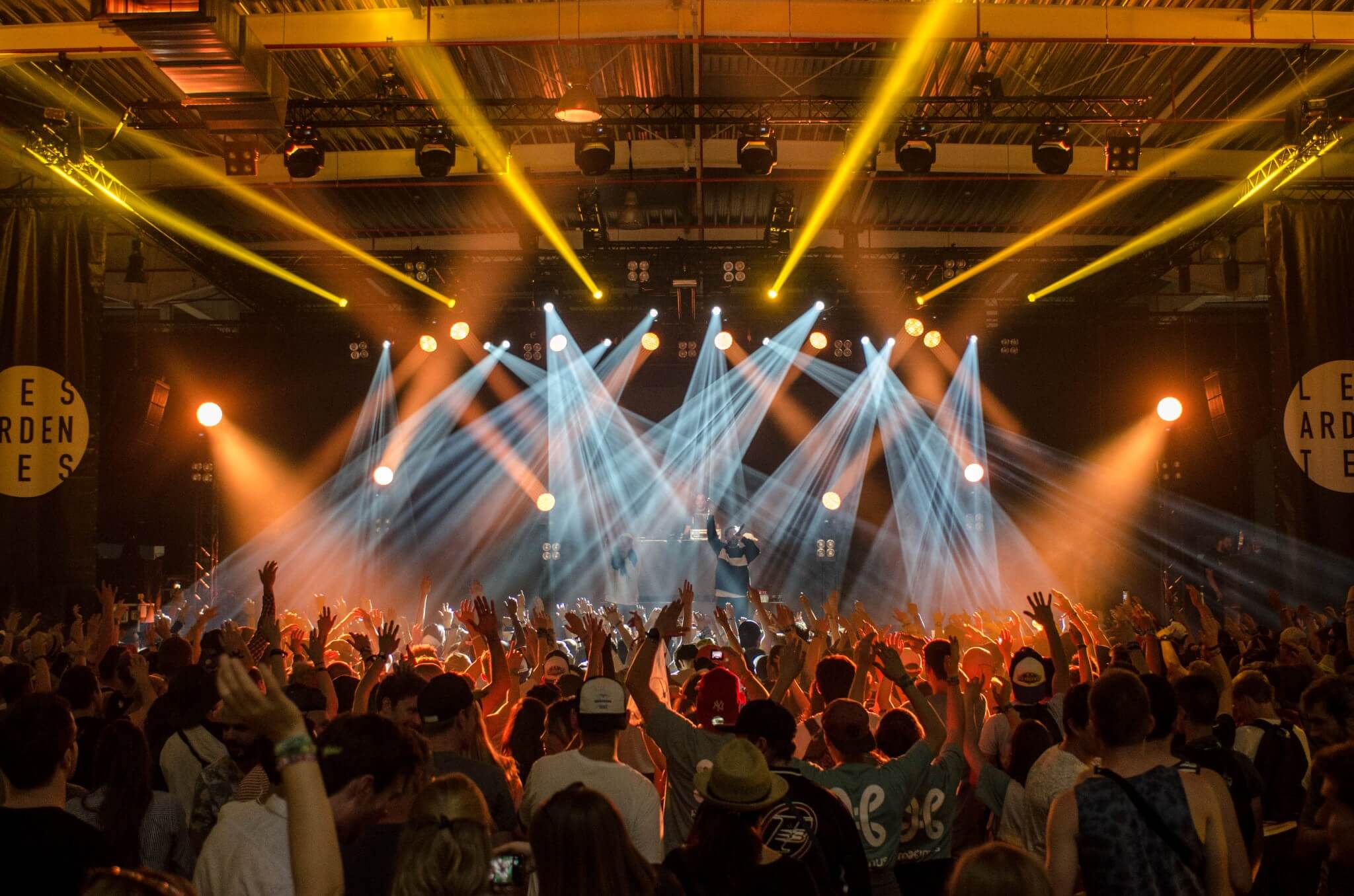Projection Mapping – How It Works And Why It Is So Cool
Thanks to the wonders of modern technology, videographers, advertiser and production companies can now produce amazing graphic images that can be displayed on virtually anything. From the side of a building to the inside of a convention center, projection mapping can transform a plain surface into a wall of wonder.
What Is Projection Mapping?
Projection Mapping uses technology to project objects onto a surface. Using this kind of special technology, everyday objects are transformed into a display surface for video projection. These objects could be as complex as an entire landscape, or as simple as just a few shapes that help to enhance the ambiance of a room.
Unlike flat screen mapping, the objects are not just projected onto a flat surface, they are designed to wrap around buildings and mold into their shape, turning common objects into interactive 3D displays.
How Does Projection Mapping Work?
By using a pre-production process during which images are fitted onto a 3D graphic model of the building, the same images appear to wrap themselves around the physical features of any structure. They give the appearance of being painted on and part of the same structure even though they are not.
This process can also be used on a smaller scale to project virtual images on anything from a mannequin to a car to completely change their color, structure and appearance.
Why Is Projection Mapping So Cool?
Creatives love projection mapping, and the advertising industry, in particular, has picked up on the uber cool environments that can be created using this unique tool. From expensive and complex advertising campaigns to simple but effective projections used at conventions and product launches, projection mapping is huge in advertising and promotions right now.
If you have the budget for it, you can transform any space into something otherworldly and awe-inspiring simply by having a creative team of projection mapping professionals create a projection just for your organization.
From dancing butterflies on a wall, real-life dinosaurs on the escalator and even huge works of art projected onto city landmarks, projection mapping completely changes the way we view our surroundings.
Projection Mapping has fully evolved since its first outings in the early 2000s when it was used to project visual-art and enhance live-music shows. It can now be used by production companies to incorporate the telling of entire stories, by using animated visuals and music to produce cinema style action and narratives.
Projection mapping can turn buildings, walls, floors and even common objects into something truly magical.
Here at Frank Gatto & Associates, we provide awesome lighting for a wide variety of indoor and outdoor events. From major league sporting tournaments through to intimate awards ceremonies and everything in between — we’ve got you covered.
We provide a full-service package, and absolutely everything you need to light up your event from start to finish. Speak to our team today on 561-368-0101 to find out more.
Frank Gatto & Associates, Inc. are specialists in lighting for television events of all kinds. If you have an event that needs expert lighting, please call us today to see how we can help.
Phone: 561-368-0101
Email: frank@frankgattolighting.com
We can be found on Social Media at the following links.

